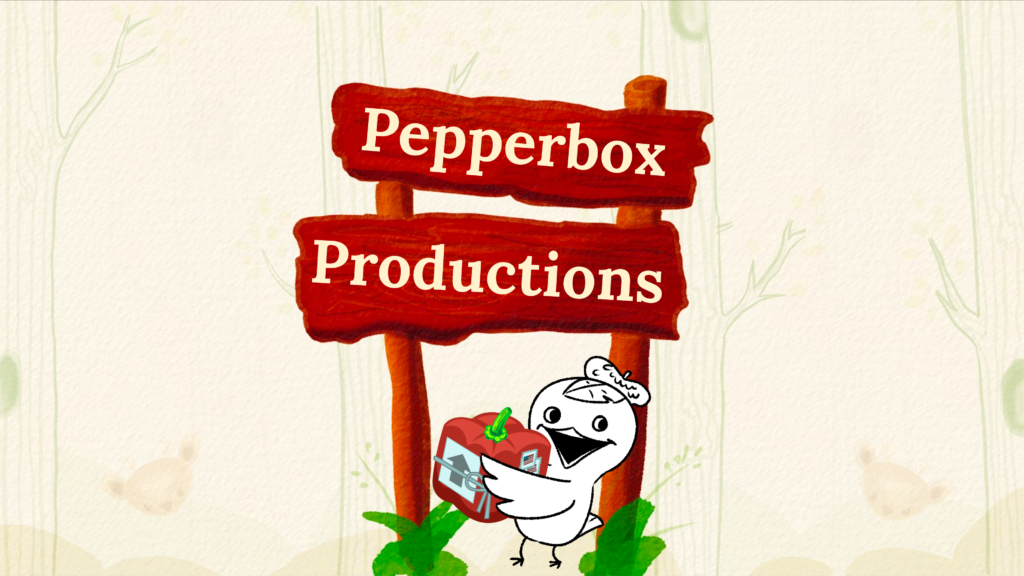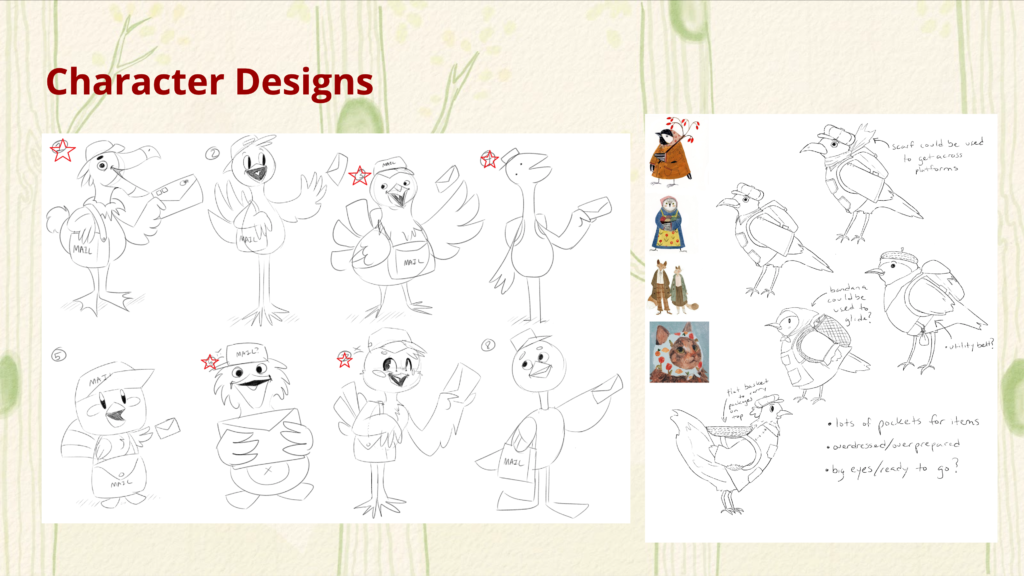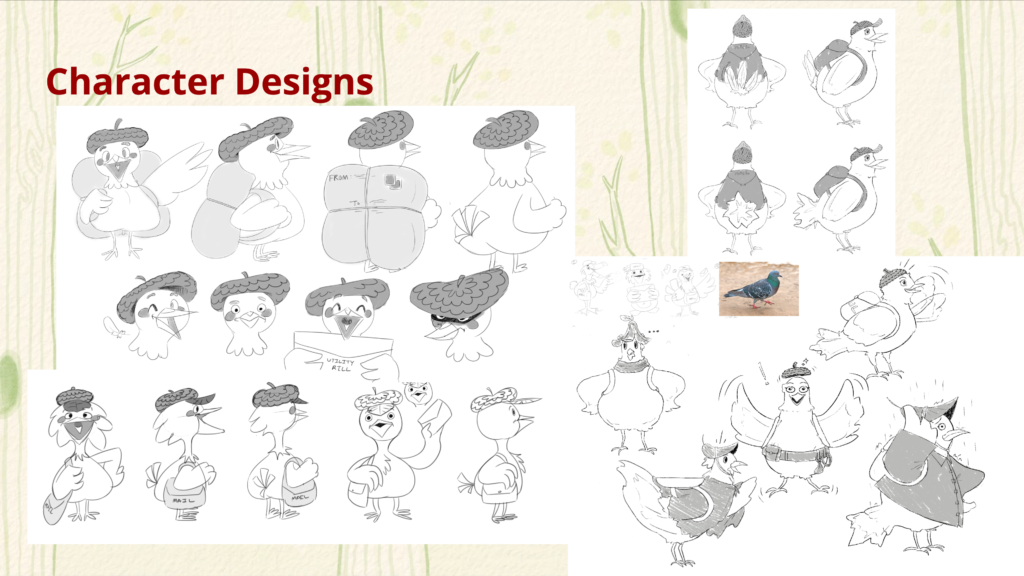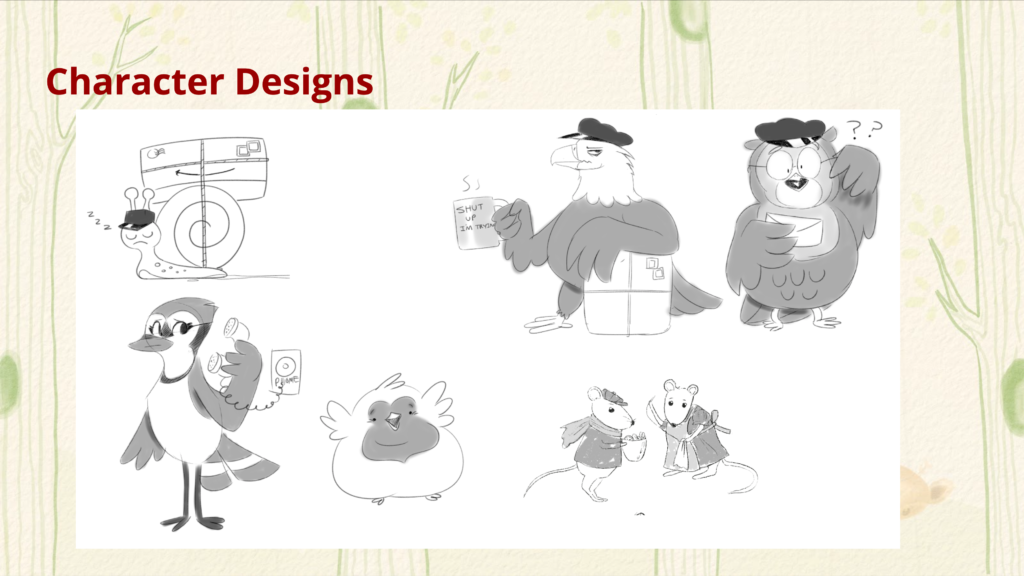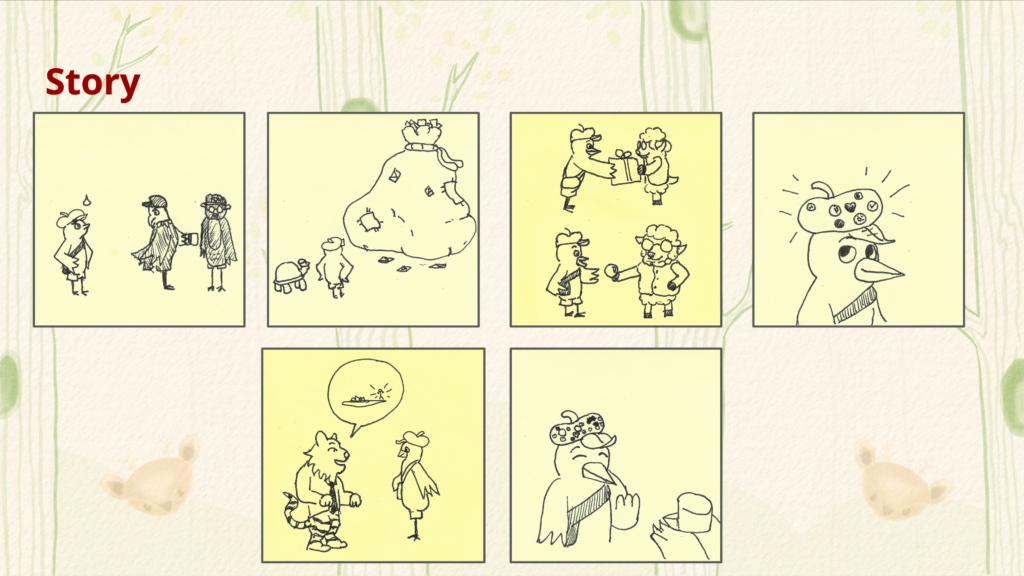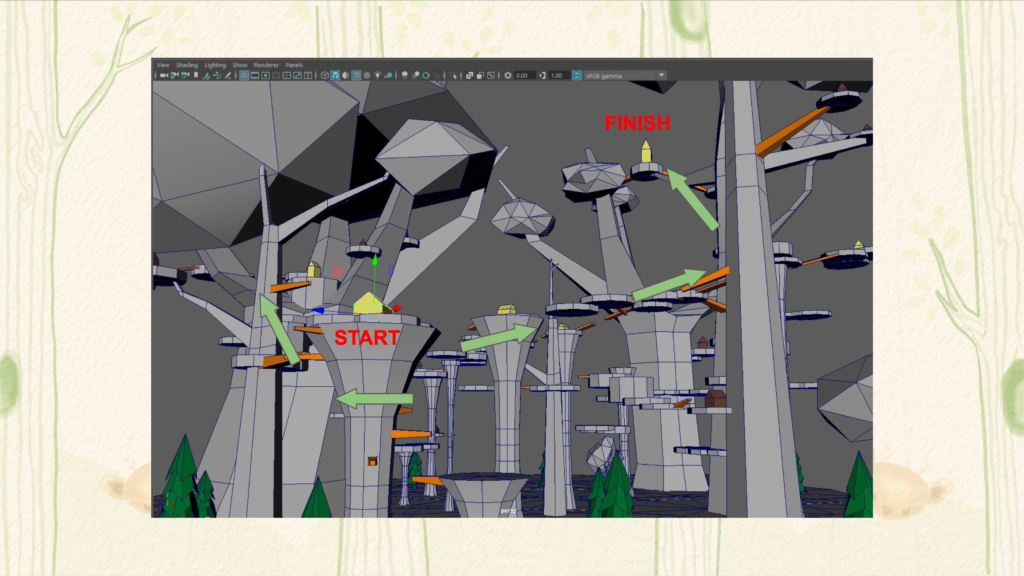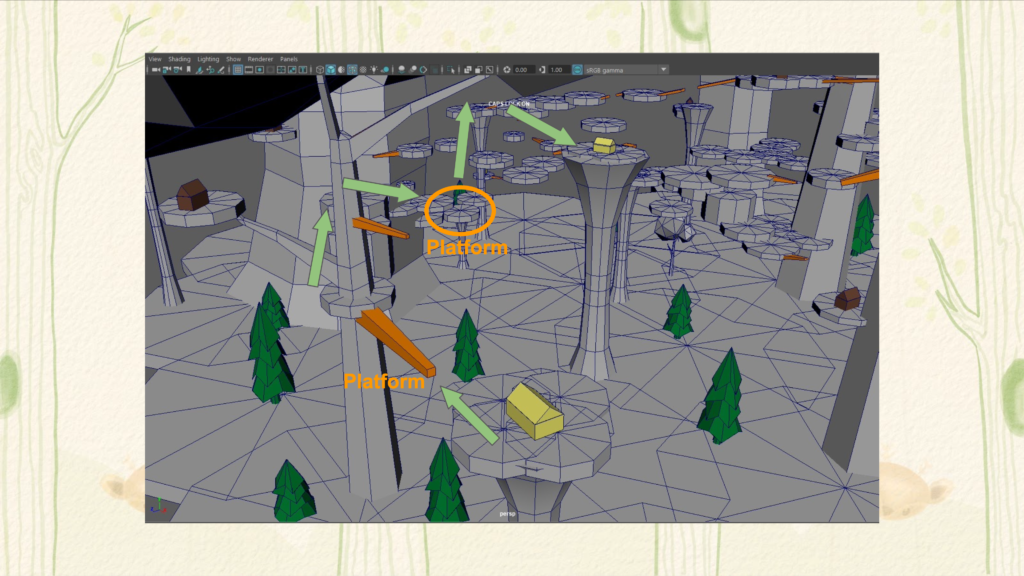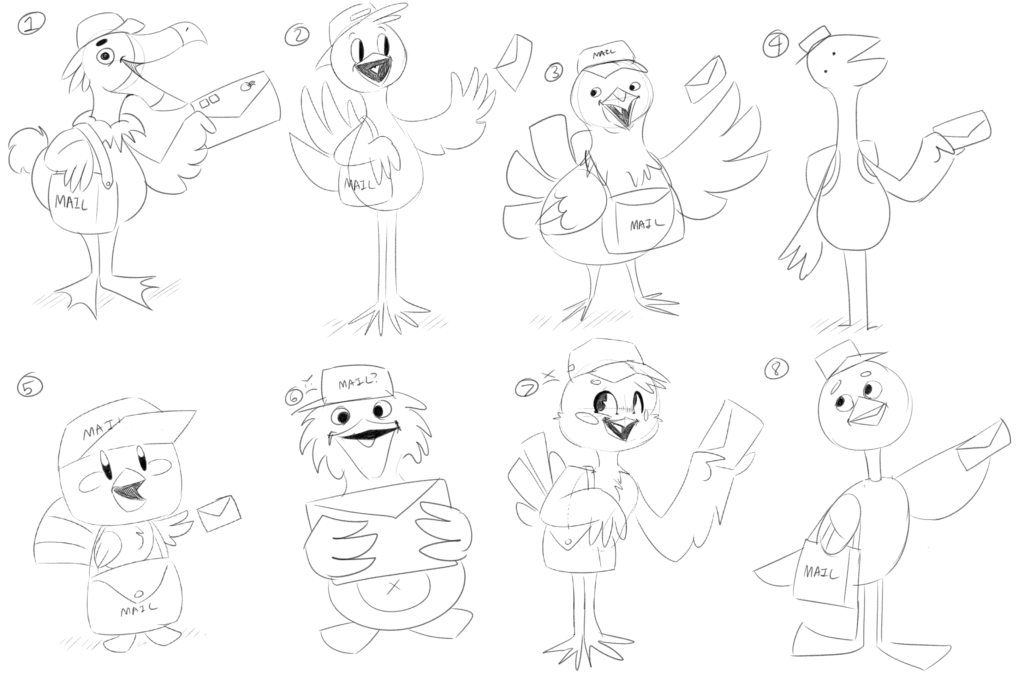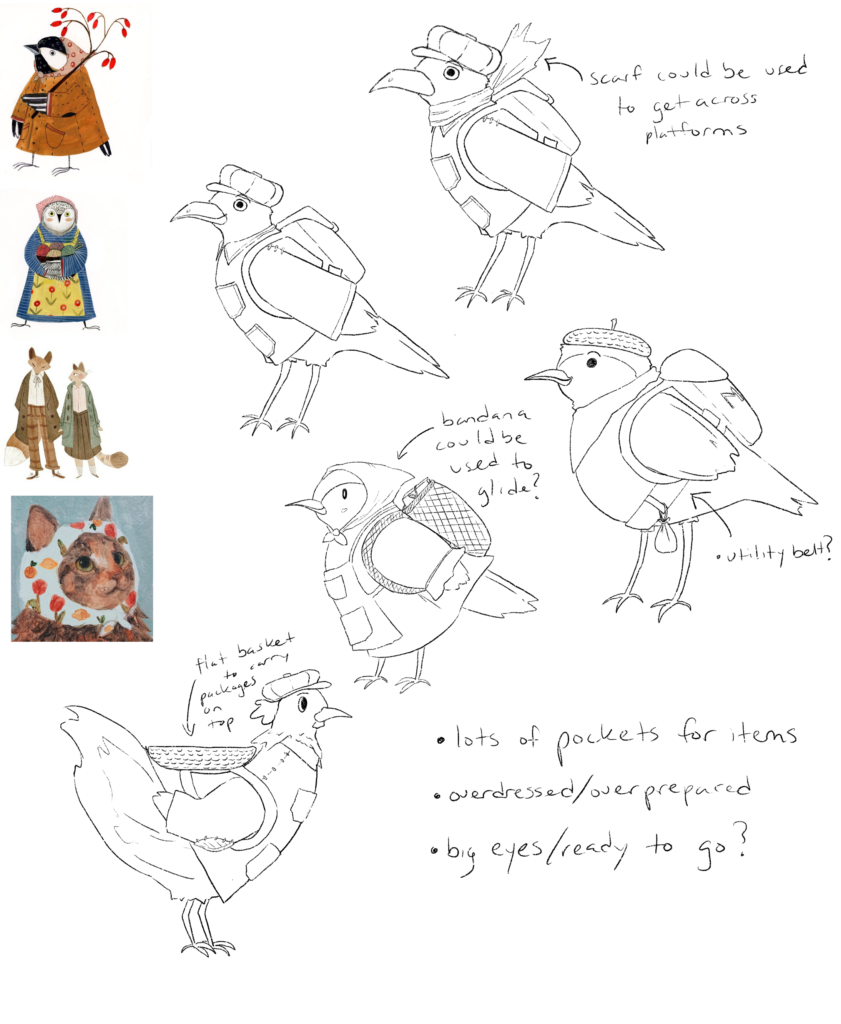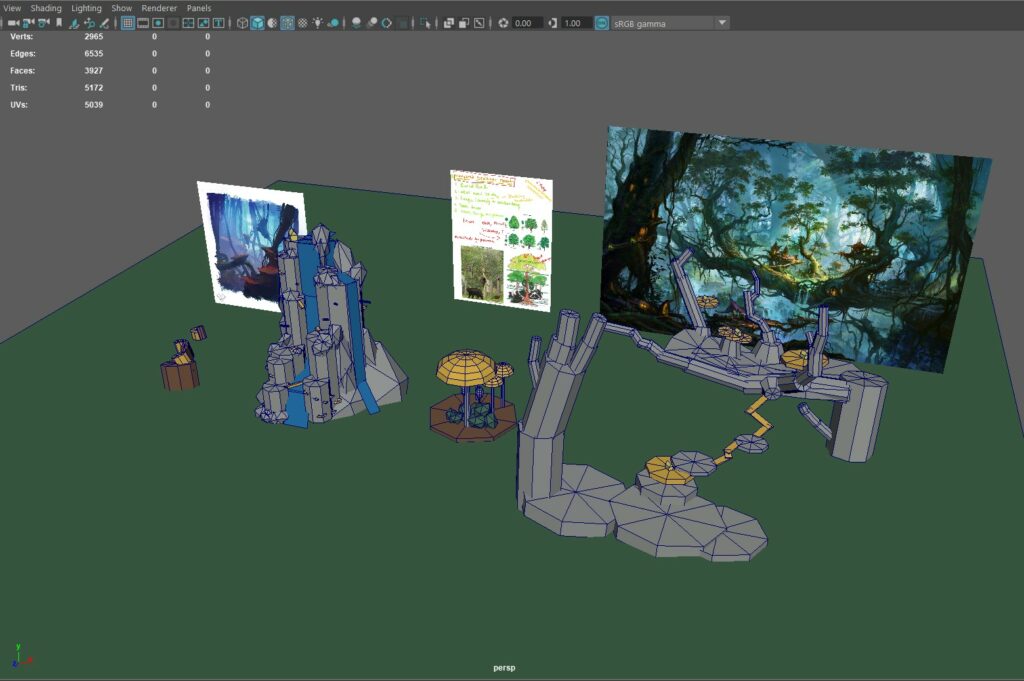Week 8 for the team was focused on zoning in on the specifics for both art and design.
From an art perspective, we started honing in on the final look of our bird protagonist, what we wanted the player character to look like. The general shape and shape language for the character have already been decided, what remains is deciding the color palette, turf of feather on the body for extra character expression etc.
The team needs to make sure these characters support the feel of the game and what it is trying to give the player. Interestingly though, our faculty advisors expressed that they did not feel the sense of “gratitude” being felt through the other NPC characters. This means the team will need to, if time allows, unify the art style for all characters to nail down the comedic and light-hearted nature of the game.
In terms of design, the team has iterated on the details on gameplay mechanics and the world building even further and has created so far 3 level blockmeshes for gameplay testing as well as conveying the feeling of the world. The faculty loved the overall world building and the overall world map. However, the team should prioritize the districts and define more clearly what each the level is. Thinking about the game arch is very important. One caution to be aware of, they pointed out, was that, given your audience, the game world should not feel like a mixed puzzle. If the game becomes a puzzle game where we are trying to solve this cryptography that’s not where the team should land.
Furthermore, a lot of the discussion was on the style of presentation for the narrative and the story. One one hand, the team wants to depict the main character as the receiving end of NPC characters’ behaviors and actions, or in other words, a somewhat mute character like Mario who nevertheless conveys a strong personality; On the other hand, the faculty advisors would love to see a main character that front and center, which comes down to making a bold choice with what the main character is. “It is easier to create characters that are not consequential to the story. You are avoiding the tough question.” as how the faculty advisors put it. The faculty wished we were talking more about what the character itself is doing since the main plot points of the game is about this bird character. “Other characters can only be evaluated in comparison to what the main character sounds or looks like.”
Overall, it is a super charming story – but it needs a personality. If the character is mostly receiving action then it’s not the protagonist. Our protagonist should be working towards an objective. Our bird protagonist already has a personality from the drawings. So Peck will need to drive the story, otherwise we will just have a stupid ass bird. If he is not charming he will seem useless. If he is not specific no one is going to care. It’s important to be specific.

